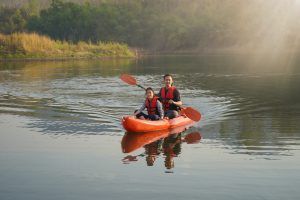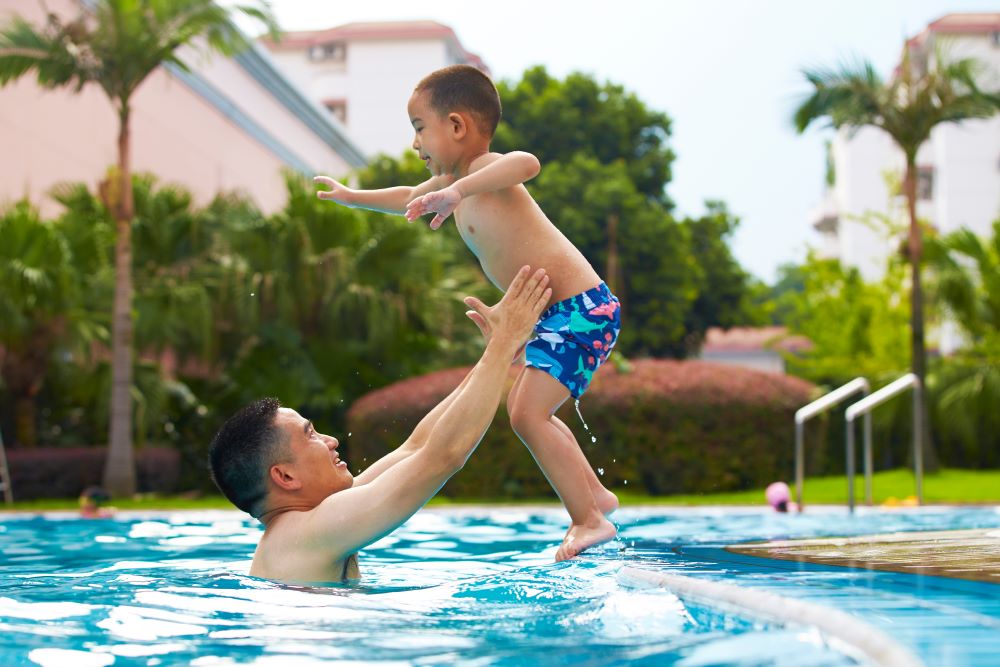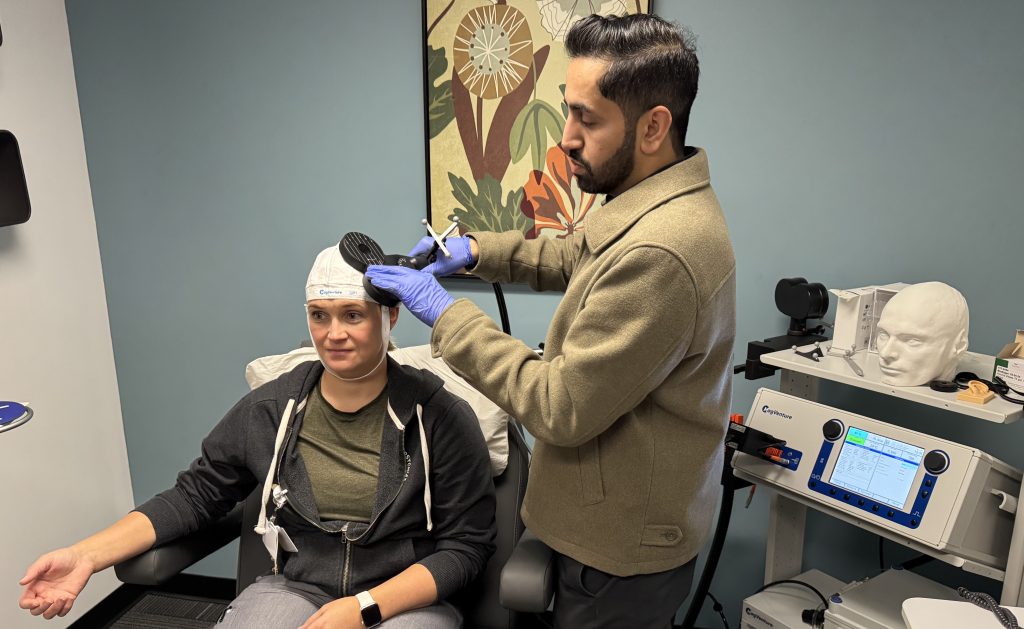School’s out and summer is here! When it’s hot, and even when it’s not, kids are naturally drawn to water. Whether it’s a pool, lake, Delta slough or the ocean, water is sparkly, refreshing and fun.
Water can also be dangerous if kids aren’t properly supervised. According to the CDC, in the U.S. drowning is the leading cause of injury-related death for children 1 to 4 years old, and the second leading cause of unintentional injury death for kids 5-14, behind motor vehicle crashes.
“Unsupervised swimming is especially concerning here in the Delta region where it is very hot in the summer and into the fall,” says Dr. Susan Adham, an Antioch, Calif.-based pediatrician affiliated with Sutter East Bay Medical Foundation. “The temptation to jump in the pool or the river without a responsible adult watching might just be too much.”
Dr. Adham says she often teaches parents about water safety measures for their kids at check-ups.
“Counseling is a key aspect of well-child visits and it’s important for pediatricians to remind parents it doesn’t take much for a child to drown,” says Dr. Adham. “Kids can get into trouble so quickly.”
Active Supervision is Critical
 To help kids stay safer in the water, pediatricians and water safety experts recommend that when children are in or around water, an adult should be actively supervising at all times. If grownups are in a group, it’s a good idea to appoint a “water watcher’’ who will pay close attention to the children and avoid distractions like talking on a cell phone or drinking alcohol.
To help kids stay safer in the water, pediatricians and water safety experts recommend that when children are in or around water, an adult should be actively supervising at all times. If grownups are in a group, it’s a good idea to appoint a “water watcher’’ who will pay close attention to the children and avoid distractions like talking on a cell phone or drinking alcohol.
“The importance of direct adult supervision cannot be overstated, especially at large events such as pool parties where people are distracted,” says Dr. Bill Melton, an Emergency Medicine physician at Sutter Solano Medical Center in Vallejo, Calif. “A 3-year-old who had sunk to the bottom of a pool with many adults and kids at the poolside and in the pool, was brought to the Emergency Department at Sutter Solano several years ago. Fortunately, the child was successfully resuscitated but they required hospitalization.”
“Vigilance at the beach is also very important as tides can be unpredictable,” says Dr. Melton. “A child playing at the water’s edge can easily be swept into the water by a large wave.”
The facts back up the concern: Shockingly, according to the National Drowning Prevention Alliance, 88 percent of child drownings occur with at least one adult present.
Pam Stoker, a trauma injury prevention specialist at Sutter’s Eden Medical Center in Castro Valley, Calif. encourages active supervision that includes:
Attention – focus on your child and nothing else because anything that takes your attention away increases your child’s injury risk.
Continuity – constantly watch your child. For example, don’t leave your child by the pool to go inside and get a towel.
Closeness – stay close enough to touch your child. If you are out of arm’s reach, your ability to prevent injury goes down significantly. While it is impossible to actively supervise your child 24 hours a day, it is important to do so during activities that are high risk to your child’s safety.
According to the NDPA, drowning is silent and can happen in as little as 30 seconds. So, it’s critical to keep a vigilant eye on children when they are around water. Stoker says people who are drowning bob silently in the water until they slip under completely.
8 Tips to Keep Kids Safer in Water:
- Barriers: Pools should be fenced on all sides with a 4-foot fence that kids can’t climb. And the fence should have a gate with a lock kids can’t reach.
- Empty inflatable or portable pools immediately after use. Store upside down and out of kids’ reach.
- Alarms: Consider installing a door alarm, a window alarm or both to alert you if a child wanders into the pool area unsupervised.
- Never rely on water wings or noodles as flotation devices. Inflatables may be fun toys, but they aren’t a substitute for a Coast Guard-approved life jacket.
- A brightly colored life jacket stands out and can help locate a submerged person, especially in murky water such in the Delta, the ocean or many rivers and lakes. If a child becomes submerged in murky water, rescue can become difficult or even impossible in a matter of seconds. That’s why life jackets are critically important –even for strong swimmers.
- Worn properly, life jackets save lives. For more information on Coast Guard-approved life jackets, is available here.
- Teach children to swim. Kids can start swimming lessons as young as 1 year old. The American Red Cross Learn-to-Swim program is available at aquatic facilities across the country.
- Learn CPR. Check for resources on first aid and CPR training at your local fire department or the American Red Cross or American Heart Association.





